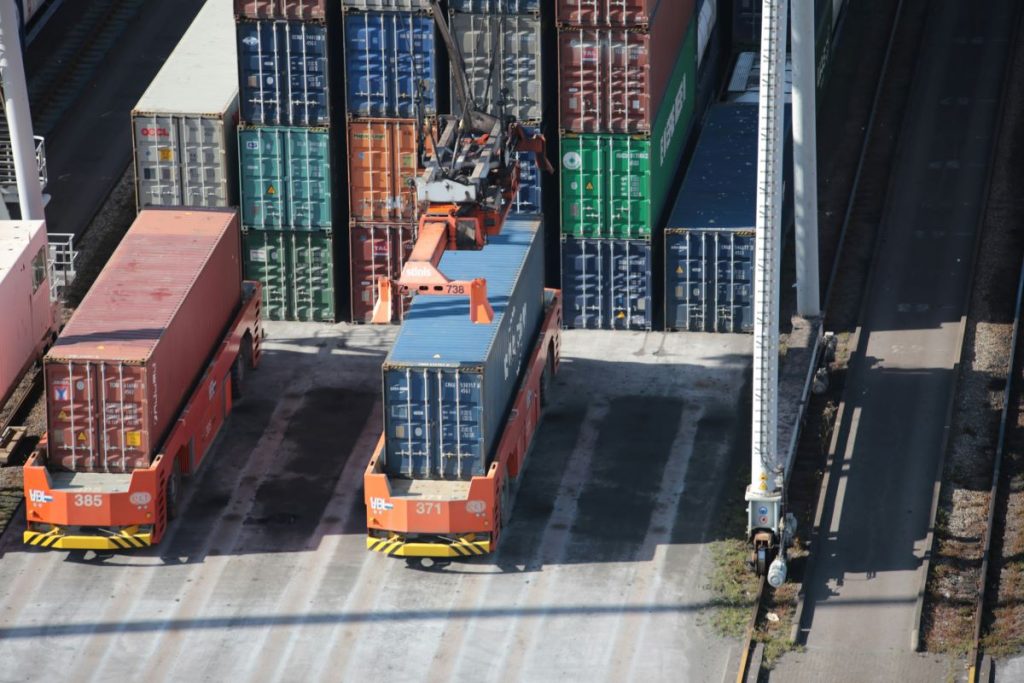The Pulse Report 2025 by Transporeon highlights a familiar problem—manual processes continue to burden supply chains. Yet the real question isn’t why these inefficiencies persist, but whether businesses are bold enough to target deeper, transformative automation opportunities.
Automation in logistics isn’t new, but its potential remains largely underexplored.
While many organizations have digitized the basics—freight invoicing, audit processes, and elements of tendering—these wins are just the tip of the iceberg. The Pulse Report 2025 reveals that much of the supply chain still relies on manual workflows that tie up time, limit visibility, and create unnecessary complexity.
This inertia isn’t surprising. Automating an entire logistics operation can feel like a daunting task. Legacy systems, siloed processes, and resistance to change often discourage more ambitious moves. Many businesses default to partial fixes: digitize a workflow here, reduce paperwork there, and call it progress. These are measurable improvements, but they fail to address the deeper inefficiencies holding operations back.
The real opportunity lies in going beyond surface-level automation. Targeting processes that generate predictive insights, reduce volatility, and improve sustainability is where businesses can achieve meaningful transformation.
The report points to a number of underutilized opportunities that deserve attention. Predictive route optimization, for example, allows businesses to act on live data—weather patterns, fuel prices, and traffic updates—to improve delivery times and cut fuel consumption. When scaled, this not only drives financial gains but creates operational resilience in volatile markets.
Another area ripe for change is dynamic carrier allocation. By using real-time performance and capacity data, companies can shift tendering strategies to secure the best-performing carriers in minutes, rather than days. Delays that once plagued high-demand lanes can be dramatically reduced, improving service reliability.
Perhaps most promising is AI-driven load and capacity matching, where carriers’ unused space is paired with available freight to reduce empty miles. One business piloting this technology reported a 25% reduction in empty truck miles over six months—proof that small, targeted automation efforts can deliver tangible results without the disruption of large-scale system overhauls.
Incremental Change, Measurable Results
What holds many businesses back isn’t a lack of options—it’s the misconception that automation must happen all at once. In reality, the most effective approaches are phased and deliberate. Target one workflow—freight audits, regional carrier allocation, or load matching—and test for measurable outcomes like cost reductions, faster turnaround times, or fewer disruptions.
For example, businesses automating invoice reconciliation have seen error rates drop by as much as 90%, while pilot initiatives in route optimization have cut delivery delays by several hours on critical lanes. These initial wins build momentum, creating a foundation for scaling automation across broader operations.
The key is to ensure automation isn’t just about speed or cost—it must deliver better decision-making. Modern systems don’t just digitize processes; they provide the data and predictive insights needed to respond faster to disruptions, optimize resources, and reduce environmental impact.
Automation as Strategy, Not Quick Fix
Partial progress may have sufficed in the past, but the market is evolving quickly. Manual processes are no longer just costly—they’re becoming a liability. Competitors leveraging deeper automation are building smarter supply chains that can adapt dynamically to shifting conditions.
For businesses still hesitating, the message is clear: small, targeted steps can generate significant results, provided they are aligned to a broader, forward-looking vision. Automation isn’t just about doing tasks faster; it’s about reshaping operations to be predictive, agile, and responsive. Anything less risks falling behind.







